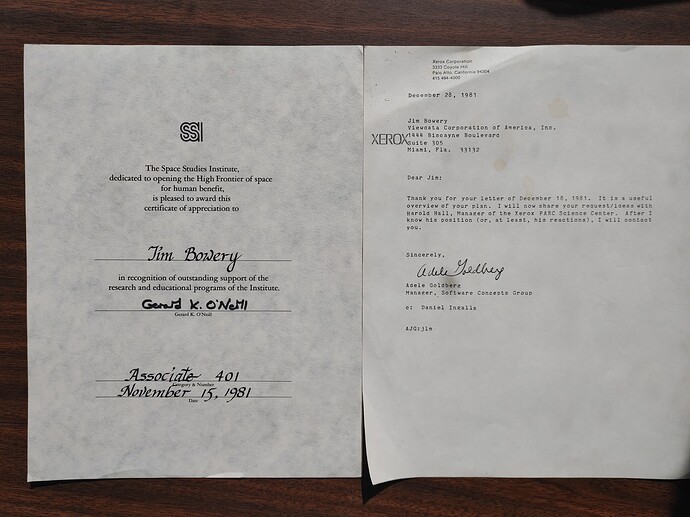(Transferred from https://groups.google.com/g/power-satellite-economics where it did not get much discussion.)
At present, the human race uses about 18 TW of energy. One form of
energy can be substituted for another or used to synthesize another
form of energy (such as electrical energy being used to make synthetic
hydrocarbon fuels).
Energy growth rather than shrinkage seems more likely, but a
population crash would reduce consumption–i.e. an investment risk.
Taking the energy demand at 18 TW and acquiring somewhat over half
from power satellites is 10 TW. Mike Sneed makes somewhat different
assumptions but his numbers are in the same ballpark. A ten-year
construction of 10 TW requires building a TW/year (after several years
of ramp-up). Or more than ten years if you are not in a hurry to get
off fossil fuels.
At 5 GW per power satellite, a TW requires constructing 200 power
satellites. If we assume 6.5 kg/kW the mass is 32,500 tons
plus ~25,000 tons of reaction mass to move the power satellite to GEO,
call it 57,500 tons per satellite. 200 of them/yr would be 11,500,000
tons per year. Using SpaceX’s number of 100 tons to LEO per flight,
115,000 launches per year or ~315 per day.
(I don’t know if this traffic rate will cause excessive damage to the
ozone layer or not. NOAA found a million flights per year were
tolerable with Skylon, but it burns hydrogen, not methane.)
If the rockets last 100 flights, it will take a production rate of 10
every three days to keep up the fleet. At 1000 flights, the
production rate would fall to 1 every 3 days.
Years ago I worked out the energy payback time for using the
hydrogen-powered Skylon and got 3-4 months, which is excellent
compared to ground solar.
A power satellite would take 575 launches. The propellant for both
stages is around 4,500 tons of which 1/5 is methane.
CH4 + 2O2 → 2H2O + CO2
16 64 36 44
Methane at 55.5 MJ/kg is about 15.4 kWh/kg or 15.4 MWh/ton. 900 tons
would be 13.9 GWh, enough for a power satellite would be around 8000
GWh. Once the power satellite is operational at 5 GW, it would repay
the launch energy in 66 days or a little over 2 months.
This is leaving out the reaction mass needed to move the power
satellite to GEO and the energy that goes into the parts, but both are
small compared to the rocket fuel consumption.
Power satellites are, of course, not the only energy solution. A very
large build-out of fission plants would work. Fusion, if it comes
into existence, would do the job. Wind and solar plus a very large
amount of storage and long transmission lines might work.
But if you want to think seriously about power satellites at scale,
this should provide a starting place. Feel free to adjust the
assumptions as you wish.
Oh, and check the math, please.



